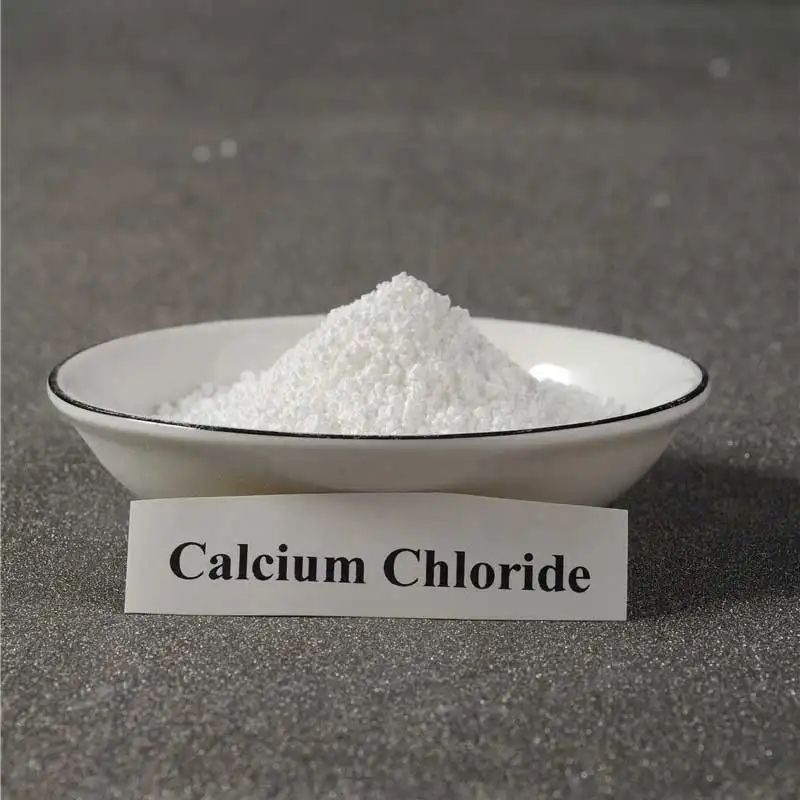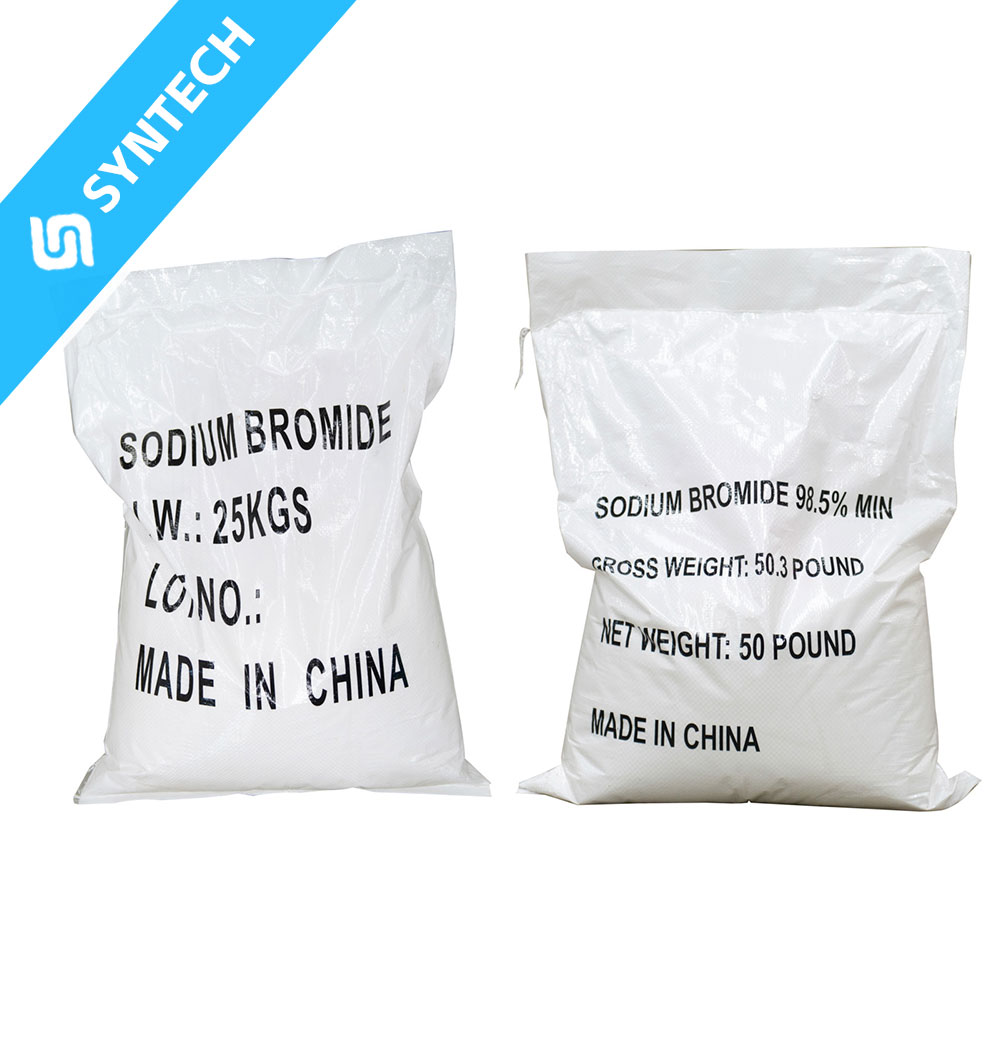Sodium Methallyl Sulfonate, commonly called SMAS, is a high-performance organic sulfonate compound that has become a staple in multiple industrial sectors. With a chemical formula of C₄H₅NaO₃S and CAS number 1561-92-8, it stands out for its balanced mix of water solubility, chemical stability, and reactive properties—making it a go-to additive for processes from water treatment to polymer manufacturing. For businesses looking to optimize their operations, understanding SMAS’s core traits and applications is essential. This guide breaks down what you need to know about Sodium Methallyl Sulfonate, from its key features to how to choose the right product.
What Is Sodium Methallyl Sulfonate?
Sodium Methallyl Sulfonate is a white, free-flowing crystalline powder or granular solid. It’s produced by sulfonating methallyl alcohol, a process that introduces a sulfonate group (-SO₃Na) and retains a double bond in its molecular structure. These two components are what make SMAS so versatile:
- The sulfonate group delivers strong hydrophilicity (water-loving properties), letting SMAS dissolve easily in water (solubility over 300g/L at 20°C) without forming clumps.
- The double bond enables it to act as a monomer or co-monomer in polymerization reactions, adding functional traits like anionic charge to the final product.
SMAS also boasts low toxicity (oral LD₅₀ > 2000mg/kg) and high thermal stability (decomposes above 280°C), making it safe and reliable for industrial use.
Core Properties of SMAS
For industrial users, SMAS’s technical properties directly impact its performance. Here are the most critical ones to note:
- Purity: Industrial-grade SMAS typically has a purity of ≥98%. Higher purity reduces impurities (like sodium sulfate) that can disrupt processes, such as causing foaming in water treatment or incomplete polymerization.
- pH Level: A 10% aqueous solution of SMAS has a pH of 7.0–9.0 (neutral to slightly alkaline), so it’s compatible with most aqueous systems without altering pH balance.
- Moisture Content: Quality SMAS has ≤0.5% moisture. Low moisture prevents clumping during storage and ensures a shelf life of up to 2 years when sealed properly.
These properties mean SMAS works seamlessly in diverse environments, from high-temperature boilers to water-based emulsion production.
Top Applications of Sodium Methallyl Sulfonate
SMAS’s versatility makes it indispensable across three key industries:
1. Water Treatment
In cooling water systems, boilers, and reverse osmosis (RO) membranes, SMAS acts as a scale inhibitor and dispersant. Its sulfonate groups bind to calcium, magnesium, and iron ions in water, stopping hard scales (e.g., calcium carbonate) from forming on heat-transfer surfaces. This:
- Lowers energy use (scales insulate, reducing heat efficiency by up to 20%).
- Extends equipment life by cutting corrosion and blockages.
- Requires only 5–15ppm dosage, making it cost-effective for large facilities.
2. Polymer Synthesis
As a co-monomer, SMAS enhances the performance of polymers like acrylic resins, water-based emulsions, and superabsorbent polymers (SAPs):
- In acrylic latex (used in paints and adhesives), adding 3–5% SMAS improves water resistance and reduces emulsion viscosity.
- For SAPs (in diapers or agricultural products), SMAS boosts water absorption capacity by adding hydrophilic groups.
3. Textile & Dyeing
SMAS works as a dyeing auxiliary for cotton and polyester fabrics. It helps reactive dyes bind evenly to fibers, reducing color fading and improving wash fastness. In leather processing, it also enhances tanning agent penetration, resulting in softer, more durable leather.
How to Buy High-Quality Sodium Methallyl Sulfonate
Poor-quality SMAS can lead to process failures (e.g., ineffective scale inhibition or weak polymers). Follow these three tips to choose well:
- Prioritize Purity: Always select SMAS with ≥98% purity. Ask suppliers for a Certificate of Analysis (CoA) to verify this.
- Check Supplier Credentials: Choose suppliers with experience in industrial sulfonates—they should offer technical support (e.g., dosage advice for your specific use case).
- Inspect Packaging: SMAS should come in sealed aluminum foil bags with desiccants to prevent moisture absorption. Avoid products with clumps, as this signals high moisture.
FAQs About Sodium Methallyl Sulfonate
Q1: Is SMAS eco-friendly?
Yes. SMAS is biodegradable (BOD₅/COD ratio >0.3) and non-toxic to aquatic life (LC₅₀ >100mg/L for fish), complying with EU REACH and US EPA standards.
Q2: How does SMAS differ from Sodium Allyl Sulfonate (SAS)?
SMAS has a methyl group (-CH₃) attached to its double bond, which makes it more thermally stable than SAS. This makes SMAS better for high-temperature processes like boiler water treatment.
Q3: Can SMAS be used in food-contact materials?
SMAS itself isn’t a food additive, but it’s used to make some food-contact polymers (e.g., packaging coatings). Ensure the SMAS meets FDA 21 CFR standards for these applications.
Conclusion
Sodium Methallyl Sulfonate (SMAS) is a cost-effective, versatile additive that solves key challenges in water treatment, polymer production, and textiles. By focusing on its core properties and choosing high-purity SMAS from a trusted supplier, businesses can boost efficiency and product quality. If you’re unsure about the right SMAS grade for your needs, consult a supplier with technical expertise—they can help tailor dosage to your process.






